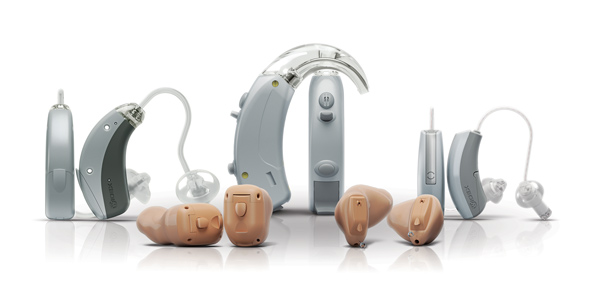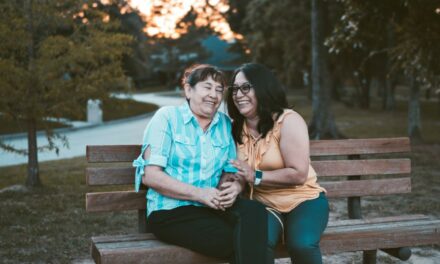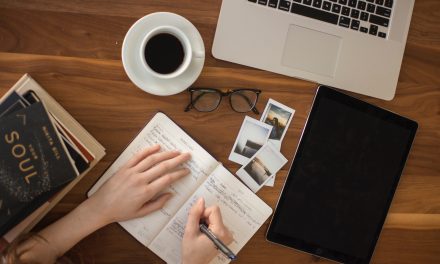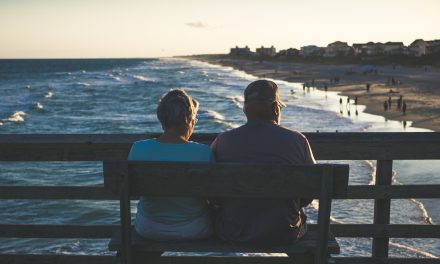While the most commonly known cause of hearing loss is due to the natural ageing process, many people are unaware of the increasing risk of preventable hearing impairments.
Raising awareness about the main acquired sources of hearing loss in Australia is a crucial first step in preventing an increase of the number of people suffering from deafness.
Approximately 15 per cent of Australians currently suffer from hearing loss, and this figure is projected to increase to one in four Australians by 2050 as the population
rapidly ages.
Joanna Magee, principal clinician and director of Audiohealth, urges individuals to seek hearing loss treatment if they think they are afflicted.
“If hearing loss was treated, the person would have better cognition, better interaction and better communication,” she said.
Key areas of hearing concerns identified by Magee are:
Senior Australians
It is estimated that over half the population aged between 60 and 70 have some form of hearing loss. This figure increases to more than 70 per cent of those over 70 and 80 per cent of those over the age of 80.
A recent study by Australian Hearing revealed that Australians over 50 would prefer to tolerate poor hearing rather than receive treatment.
The study showed that a quarter of 1300 Australians aged over 50 believed that there was a stigma attached to wearing hearing aids.
“It’s concerning that people are avoiding taking action about their hearing simply because they feel they’ll be perceived as looking old,” said Janette Thorburn, principal audiologist at Australian Hearing.
According to the study, even those with diagnosed hearing loss waited for an average of four years until finally seeking treatment.
Magee said that despite the negative perception of hearing aids, treatment for hearing loss is rapidly improving and there are now more discreet methods to treat hearing impairments.
“Fortunately the technology means that we can provide about 90 per cent of the people with [discreet] type of solutions.”
Leisure activities
Although it is not the most significant cause of hearing loss, popular leisure activities which involve noise, such as going to nightclubs, pubs and live concerts, are increasingly affecting hearing among young Australians.
According to a report published by Australian Hearing, leisure noise exposure can be almost 3.5 times greater than the allowable workplace noise exposure.
Magee said that young people can tolerate high amounts of low frequency noises more than older Australians, which increases the risk.
“We might think that the noise is at a very comfortable level, but in fact it could be that your brain has become so used to the noise that it’s still doing damage to the cochlear without the person actually being aware of it.”
Headphones
Headphones with a poor fit and high volume carry a high risk of damaging ears.
“Research indicates that about 25 per cent of 18 to 35-year-old Australians are using personal stereos with listening levels that are impacting on their hearing,” said Magee.
“It’s best to invest in some noise reducing headphones so they can block out the background noises and reduce the volume, for example of their Ipods,” she said.
Workplace and occupational hazards
People who work with loud machinery are more likely to suffer hearing damage from office jobs.
However, instances of industrial deafness have decreased over the last few decades, as employers become more aware of protective measures for those who work in a loud environment.
Magee said those still worried about working in loud environments should invest in noise dosimeters.
By Amelia Zhou












